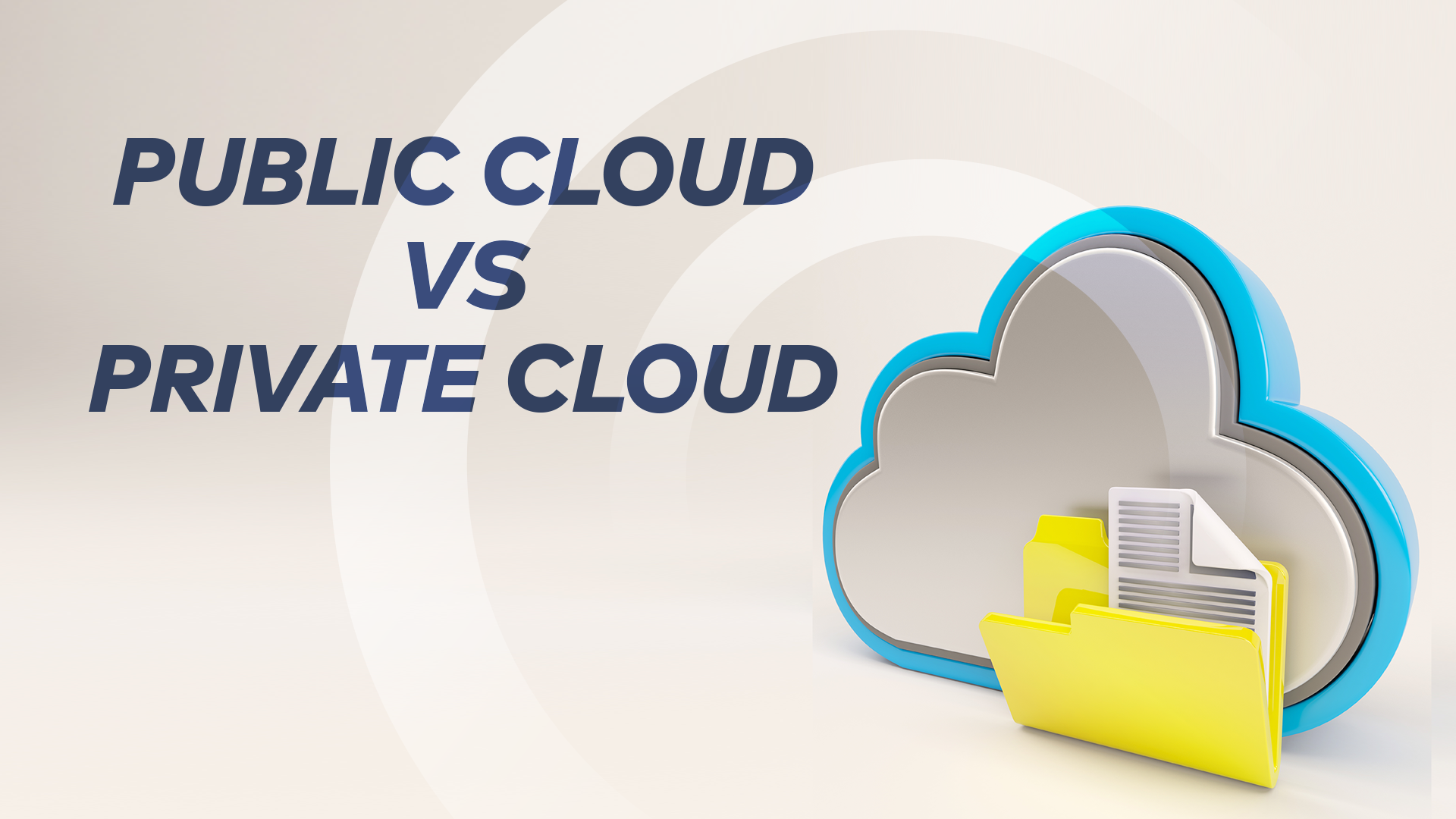
Cloud computing was not very popular when it was first introduced. How things have changed since then. Not only is the cloud immensely popular, but it is now the norm for business applications and services. So much so that the big choice today is between public and private clouds. Which one is better?
Like most tech things, it’s not that easy. There are cases that justify the time, effort, and expense of maintaining a private cloud.
There are other cases where public cloud is a better choice. Determining the right option in any scenario is a matter of figuring out what the organization’s needs are.
Cloud is Not Mainframe
Some of the confusion surrounding cloud computing has to do with misunderstandings about what cloud computing is. First, the cloud is not a mainframe. It is a means of providing hardware, data storage, networking, and software services remotely. One could think of cloud computing as a direct derivative of the old mainframe model, but it is much more than that.
With the cloud, companies don’t need to host their own hardware or software. They do not have to maintain applications and databases on servers in their own offices. Everything in the cloud can be accessed from anywhere in the world using a mobile device or computer. The cloud provides everything you need with global access, backed by state-of-the-art security.
Difference Between Public and Private
A public cloud environment is an environment hosted in a data center in a server room that can share resources with other clouds. The public cloud is not restricted by a proprietary firewall to prevent outside access. So while there are security measures in place to protect public cloud data, the actual server space that exists is not covered.
Private clouds are just the opposite. It provides a specific set of hardware and software services for specific clients, all protected behind a proprietary firewall and by sharing resources. More often than not, private clouds are hosted on private networks.
It is possible to combine private cloud and public cloud in a hybrid scenario. Services that are not mission-critical or extra security sensitive can be in the public space while others are hosted in a private cloud.
Choosing the Right Option
Cloud environments offer services in one of three general categories:
-Software as a service (SaaS)
-Infrastructure as a service (IaaS)
-Platform as a service (PaaS).
-Both SaaS and IaaS can be hosted in private cloud scenarios, but they are more commonly found in public clouds. Microsoft Office 365 is a great example. It is a SaaS product that customers can access via the public cloud.
Choosing Private over Public
So, is there a reason to choose a private cloud? Very. A private cloud is a better choice if data and infrastructure require top-notch security at multiple levels. When you go private, you don’t trust third parties to manage the environment. Take third parties out of the equation and security is automatically increased.
Owning and operating your own data center is another reason to develop a private cloud. As long as you put time, money and effort into data center operations, you might as well host your own cloud. There’s no point in paying a third party to do something your company has arranged.
The desire for absolute control and customization is another reason that drives some companies to make their cloud private. When you manage everything yourself, all decisions are yours. You control everything from the hardware used to your compliance strategy.
Choosing Public Over Private
Running a private cloud has its advantages, but it doesn’t run in the garden. Companies really have to commit to doing it. That commitment includes a commitment to resources, without which it is better to use a public cloud environment.
The main benefit of public clouds is that they are managed by a third party. You pay for the hardware and software you need. The provider handles everything from maintenance to security updates. And when hardware needs replacing – and in the end it always does – it’s the provider’s problem, not yours.
The public cloud is not without its downsides. They almost always share resources, so there could be some speed and accessibility issues if the provider doesn’t stay on top of things. Also, you may end up paying for things you don’t need in a public cloud environment. You also don’t have absolute control over infrastructure and security.
Both public and private clouds serve a valuable purpose. Neither is better or worse than the other. It’s all about choice, and the one that best meets your organization’s needs is the best choice for you.